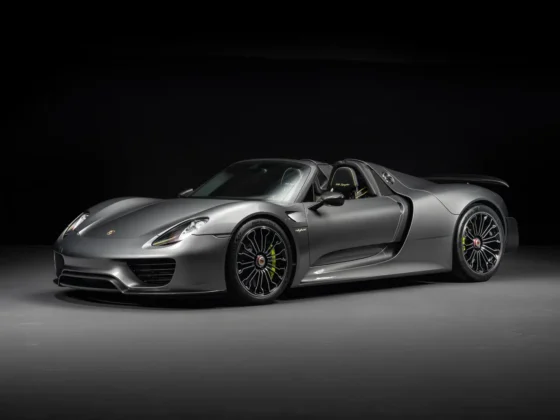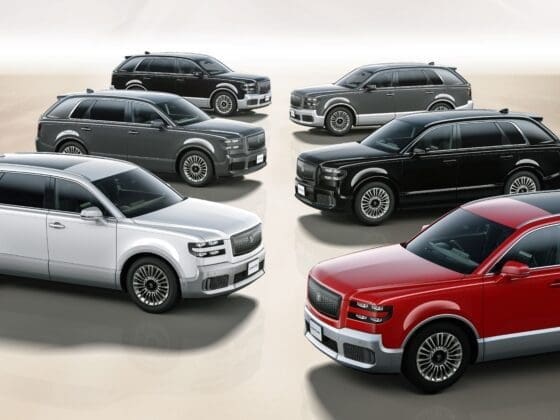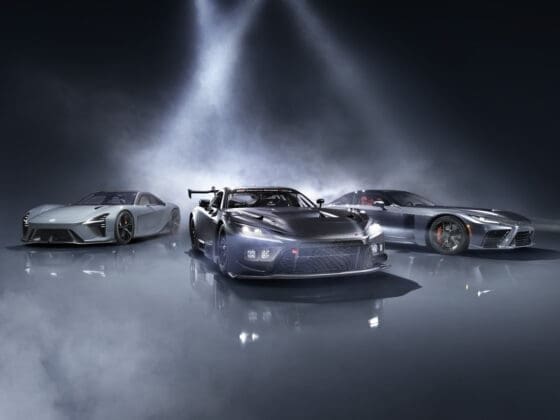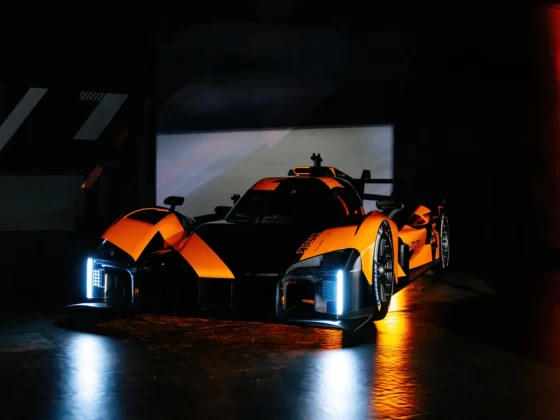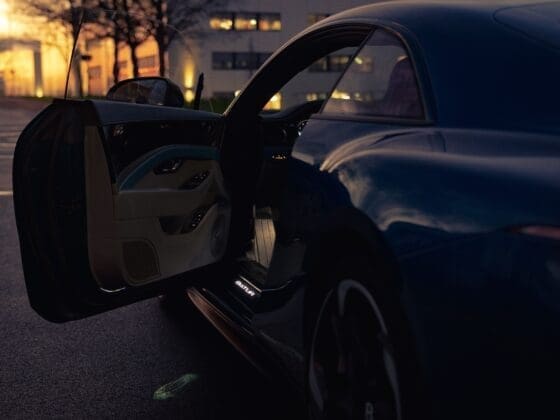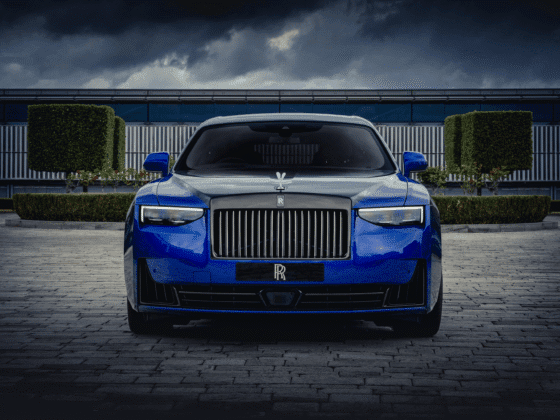T.E. Lawrence is once reported to have said: “a Rolls in the desert is above rubies.” Imagine the look on his face if he were alive today to see his seemingly paradoxical fantasy become a reality. The Rolls-Royce Cullinan is in-fact a Rolls-Royce that can go into the desert.
The Cullinan, appropriately named after the largest diamond ever discovered, was painstakingly developed to fulfil the demands of a new generation of customers. According to Rolls-Royce, they are young, very successful, high-net-worth individuals who are heavily engaged in the experience economy; and they wanted “The Rolls-Royce of SUVs.”
They “expect to go everywhere in luxury, effortlessly and without compromise, conquering the most challenging terrain to enjoy life’s most enriching experiences, wherever they may be. For this reason, they have asked us to create a Rolls-Royce that offers uncompromised luxury wherever they dare to venture. Cullinan is that car. It is Effortless, Everywhere.” said Torsten Müller-Ötvös, Chief Executive Officer, Rolls-Royce Motor Cars.
Unlike a lot of SUV in the market, the Cullinan was not evolved from an existing model. Instead, “from the very beginning, the design team treated this brand new Rolls-Royce as a unique, high bodied car. With global customer expectations in mind, our aim was two-fold – realise a presence to match the magnificent capability of Cullinan, whilst setting sector defining standards for luxury and elegance… We envisioned an authentic, three-box high-bodied all-terrain car with a convention-challenging design and absolute capability that would satisfy the adventurous urges of our clients.” – Giles Taylor, Director of Design, Rolls-Royce Motor Cars.
The fact that the Cullinan was envisioned on a blank sheet of paper has resulted in several firsts for Rolls-Royce and the SUV sector. It is the first true “three-box” car in the SUV-sector. Cullinan’s glass partition wall behind the rear passenger seats separates the passenger compartment from the luggage compartment. This is especially advantageous for the car’s interior climate control, even when carrying an oversized load with the tailgate open. The tailgate itself is a first for Rolls-Royce and is called ‘The Clasp’ in a nod to the vintage models when luggage was clasped to the exterior. The modern clasp can be opened and closed automatically in its two sections at the touch of a button.
Customers have a choice of two configurations for the rear seats – lounge seats or individual seats. The lounge seat configuration is the more functional option as it provides ample space for three passengers thus making it more attractive to families. In another first for Rolls-Royce, the rear seats fold down electronically to a number of configurations or completely flat. In the flat position, the load area increases from 600 litres to 1,930 litres while the loading length increases to 2,245 mm, which is longer than a Range Rover Vogue Extended Wheelbase.
The Individual Seat configuration is ideal for those who place a premium on ultimate luxury. It features two individual rear seats that are separated by a fixed rear centre console. The seats can move in a number of planes to offer comfort with flexibility. The centre console incorporates a drinks cabinet and a refrigerator with Rolls-Royce accessories such as a decanter, whisky glasses and champagne flutes.
In both configurations, those in the rear seats sit higher than those in the front as part of Rolls-Royce’s Pavilion Seating concept by which passengers can enjoy grandstand views of their surroundings thanks to the large glazed side windows and industry-leading panoramic glass roof.
Being a true Rolls-Royce, creature comforts abound. All seats are heated and ventilated. Entry and exit are refined and effortless. At the touch of a button, the Cullinan lowers itself by 40mm and opens the wide-aperture coach doors. It has a completely flat floor. With the touch of another button the doors close, the Cullinan raises itself again to the commanding ride height.
In the midst of all this luxury, the Cullinan is still a driver’s car. It has a thicker, smaller steering for better control. The ergonomics allow the driver to reach all the controls effortlessly, and the information is communicated via the central information screen. Tech toys include Night Vision, Vision Assist, Wildlife & Pedestrian warning, Alertness Assistant, a 4-Camera all-round Panoramic View system, Active Cruise Control, Collision Warning, Cross-Traffic Warning, Lane Departure and Lane Change Warning, an industry-leading 7×3 High-Resolution Head-Up Display, WiFi hotspot, and the latest Navigation and Entertainment Systems.
“This landscape is savage, but this journey has been seamless. What’s unique is the ability to absorb the road without thought and simply let yourself get lost. You don’t so much drive as you do float and it seems to get almost smoother the faster you go. The turning and the grip are unreal, almost hugging the road and seeming to glide above it.” Cory Richards, National Geographic photographer and star of The Final Challenge
Underneath all that luxury is some mind-boggling engineering that delivers the world-famous ‘Magic Carpet Ride’ of Rolls-Royce even when off-road. Instead of using a whole lot of engineering jargon to explain this seeming paradox, I give you instead, the testament of Cory Richards, National Geographic photographer and star of The Final Challenge: “This landscape is savage, but this journey has been seamless. What’s unique is the ability to absorb the road without thought and simply let yourself get lost. You don’t so much drive as you do float and it seems to get almost smoother the faster you go. The turning and the grip are unreal, almost hugging the road and seeming to glide above it.“


















